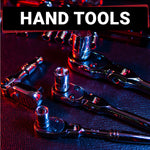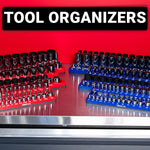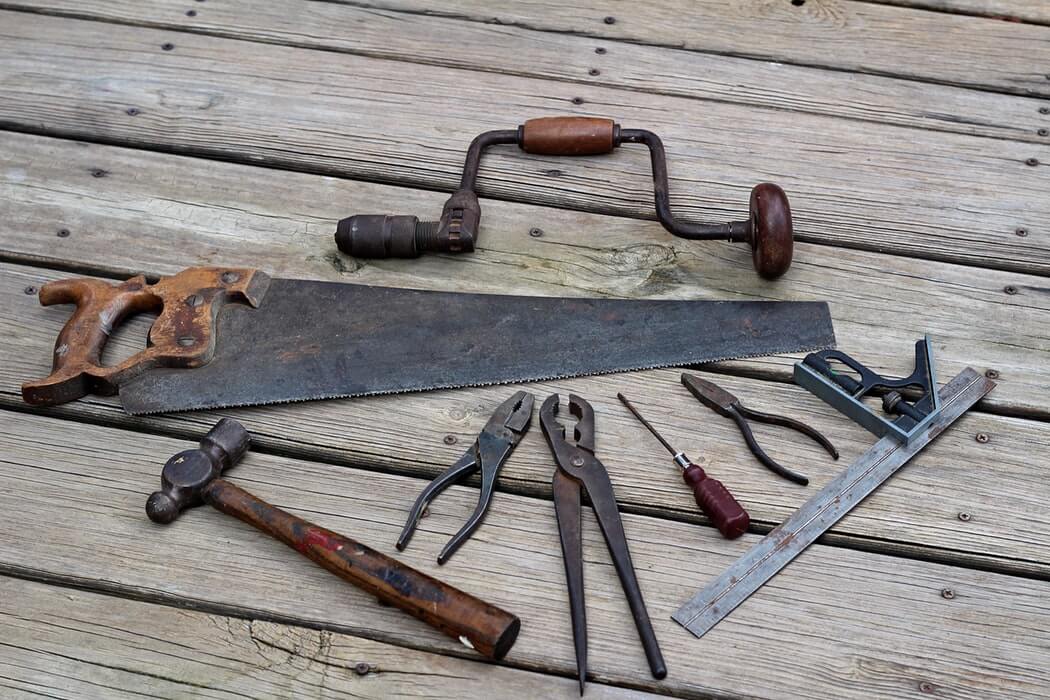Best Hand Saw for Purchase
 Power saws are great tools but sometimes weighty for some jobs. A hand saw can be convenient for replacing power saws in its place. Nowadays, there are various types of hand saws available on the market such as ripping saws, crosscut saws, hacksaws, coping saws and multi-purpose saws. We have gathered some general guidelines that will help you to choose a new hand saw whether you are a professional or a DIY enthusiast. However, firstly, you will need to know what kind of job you are going to perform so that you can choose the right type of saw. We will present the most common types of hand saws and their primary usage.
Power saws are great tools but sometimes weighty for some jobs. A hand saw can be convenient for replacing power saws in its place. Nowadays, there are various types of hand saws available on the market such as ripping saws, crosscut saws, hacksaws, coping saws and multi-purpose saws. We have gathered some general guidelines that will help you to choose a new hand saw whether you are a professional or a DIY enthusiast. However, firstly, you will need to know what kind of job you are going to perform so that you can choose the right type of saw. We will present the most common types of hand saws and their primary usage.
Different Hand Saw Variations
- Ripping Saw: The ripping saw is for cutting wood. It can cut aggressively, but it does leave a slightly rough edge after the job.
- CrossCut Saw: Cross cut saw is also used for wood cutting but does not cut as aggressively as the rip saw. However, it leaves a much smoother edge after cutting.
- Coping saw: Coping saws are used for delicate wood cutting and also coping moulding joints. Coping saws provide precision cuts, have skinny blades which help to make accurate cuts at extreme angles.
- Multi-purpose Saw: Multi-purpose saws have hybrid teeth that allow the saw to perform both rip and crosscuts.
Must-Have Features for Hand Saw
These are the factors that you need to consider when shopping for a hand saw.
1) Hand Saw Handle
Handle: When it comes to precision and control while using a saw, a good grip is essential for achieving both. You should choose a saw with a handle that matches the size of your hand. If the handle is more significant than your hand, you will lose force and reduce your precision. For better performance, look for a saw with an ergonomic handle.
2) Saw Teeth
Points or Teeth Per Inch: Points per inch or teeth per inch are another essential factor to consider when shopping for a hand saw. The smaller number of teeth per inch, the more aggressive is the cutting saw. For fine cuts or smoother cuts, purchase a saw with a more significant amount of teeth or points per inch.
3) Saw Blade Thickness
Blade thickness: In general, a thicker provides higher precision and better performance. However, sometimes you will find yourself cutting something where you want more flexibility or thinner cuts, for example, when making furniture. In this case, it is essential to find the right balance between flexibility and tooth geometry.
4) Hand Saw Portability
Size: Consider where you are going to use your hand saw. If it is in your workshop then most probably the size does not matter to you, but if you plan to carry the saw from place to place than a smaller, more portable saw will be needed.
5) Budget for Hand Saw
Price: A good quality hand saw should be reasonably priced and should not set the woodworker back too much. You can pay a little higher than usual if the hand saw comes with a lifetime warranty.
Hopefully, our guide will help you to understand some of the basic types of hand saws available on the market, and you will know what to look for in a good quality hand saw.
If you are working at multiple locations and you need a way to carry your hand saw with you then you need the best tool backpacks. One of the tool backpacks we recommend is the Olsa Tools Tool Backpack.
Make sure to check out Olsa Tools collection of the best tool organizers.








